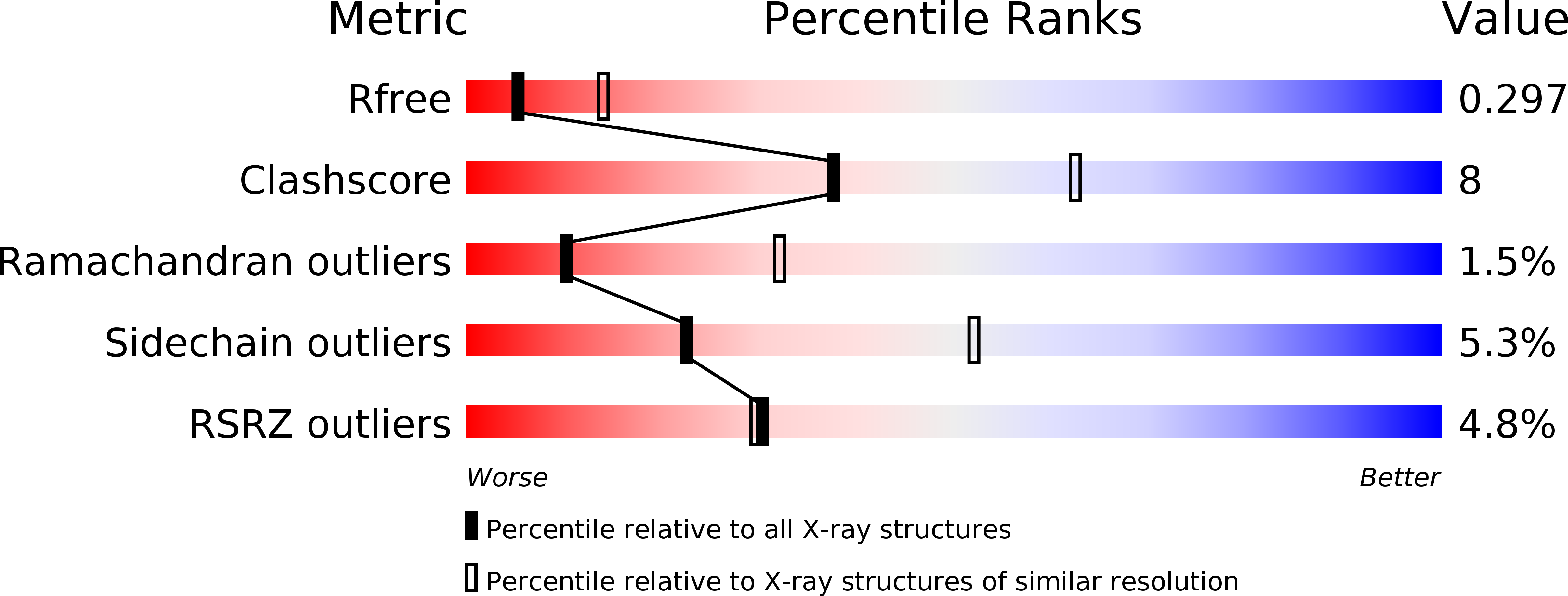
Deposition Date
2017-09-02
Release Date
2018-10-31
Last Version Date
2024-05-08
Entry Detail
PDB ID:
5YB0
Keywords:
Title:
Crystal Structure of Wild Type Phosphoserine aminotransferase (PSAT) from E. histolytica
Biological Source:
Source Organism:
Entamoeba histolytica (Taxon ID: 5759)
Host Organism:
Method Details:
Experimental Method:
Resolution:
2.94 Å
R-Value Free:
0.30
R-Value Work:
0.26
R-Value Observed:
0.26
Space Group:
P 1


